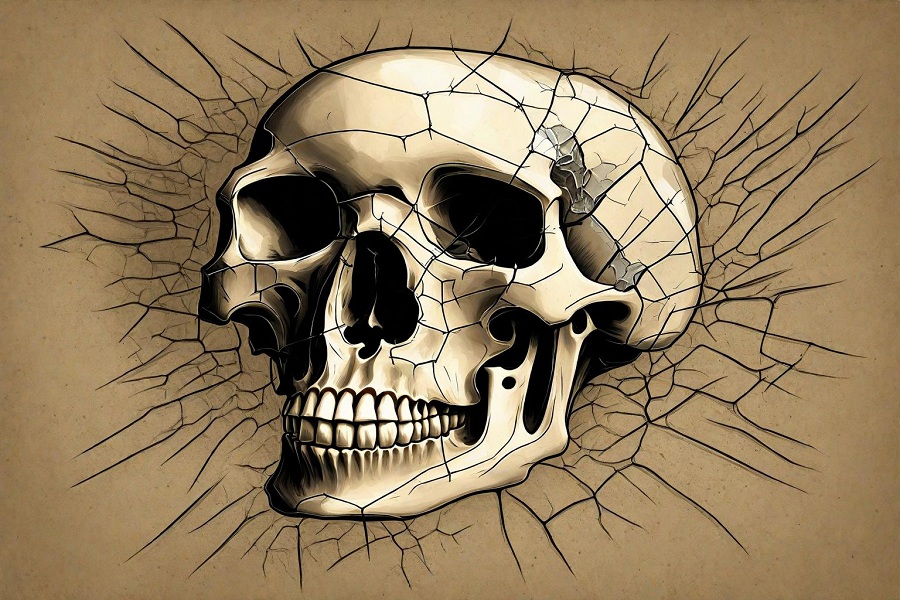In a discovery that bridges the chasm between ancient mysticism and modern medicine, scientists have uncovered evidence of a complex brain surgery performed 2700 years ago in what is now China. This revelation not only illuminates our understanding of prehistoric medical practices but also provides a compelling narrative of human survival and ingenuity.
A Testament to Survival
At the heart of this discovery is a skull unearthed from the Yanghai cemetery in Xinjiang, China. This region, known for its rich history and cultural significance, has offered up a narrative that is as fascinating as it is groundbreaking. The skull, belonging to a man estimated to be between 30 and 35 years old at the time of his demise, displays remarkable signs of healing after undergoing a procedure strikingly similar to what we know today as a craniotomy.
Injury, Intervention, and Innovation
The decision to perform such an intricate procedure stemmed from a life-threatening condition faced by the individual. Suffering from an epidural hematoma, a condition where blood accumulates under the skull applying dangerous pressure on the brain, the man was in dire need of medical intervention. The surgical response to this condition, even by today’s standards, is both delicate and risky, involving the removal of a section of the skull to alleviate the pressure.
Remarkably, this ancient procedure appears to have been successful. Evidence within the fracture lines of the skull indicates that healing had commenced, suggesting the man lived for at least eight weeks post-operation. This window of recovery is a testament not only to the man’s resilience but to the advanced medical knowledge and skill of the practitioner.
Shamanic Surgeons of Yore
The procedure’s success points toward a highly sophisticated understanding of human anatomy and surgical technique by what were likely shamanic doctors. Shamanism, characterized by its spiritual practices and trance-induced communication with the supernatural, was prevalent among the clans buried within the Yanghai cemetery. Rather than mere practitioners of mysticism, these shamans also exhibited profound medical knowledge.
Further supporting the theory that shamans were behind this and possibly other surgical procedures are archaeological finds within the cemetery itself. Items that could double as surgical tools, such as bronze knives and awls, have been discovered alongside evidence of cannabis use, potentially as an anesthetic. These findings suggest a blend of religious, mystical, and medical practices in treating ailments.
A Legacy of Healing
This discovery sheds light on a previously underappreciated aspect of ancient medical practice in Asia. While trepanation, the act of drilling or scraping a hole into the human skull, has been documented globally and dates back millennia, its occurrence in Asia, particularly with evidence of such precision and successful outcome, is much rarer.
The implications of this find are vast, offering a clearer glimpse into the medical advancements and cultural practices of ancient societies. It also challenges our understanding of the origins and evolution of surgical techniques, suggesting that what we might view as modern medical practices have roots extending far into prehistory.
Conclusion
The story of this ancient individual and the skillful hands that ensured his survival after a traumatic brain injury highlights the sophistication of prehistoric medical practice. It stands as a powerful reminder of humanity’s enduring quest to understand and heal the human body. As we continue to unravel the mysteries of our past, discoveries like this serve to broaden our perspective on the ingenuity and resilience of our ancestors, bridging the gap between the ancient and the modern in our collective quest for healing and knowledge.


